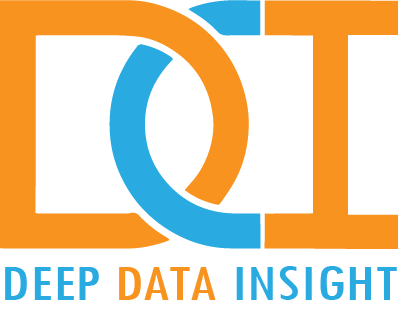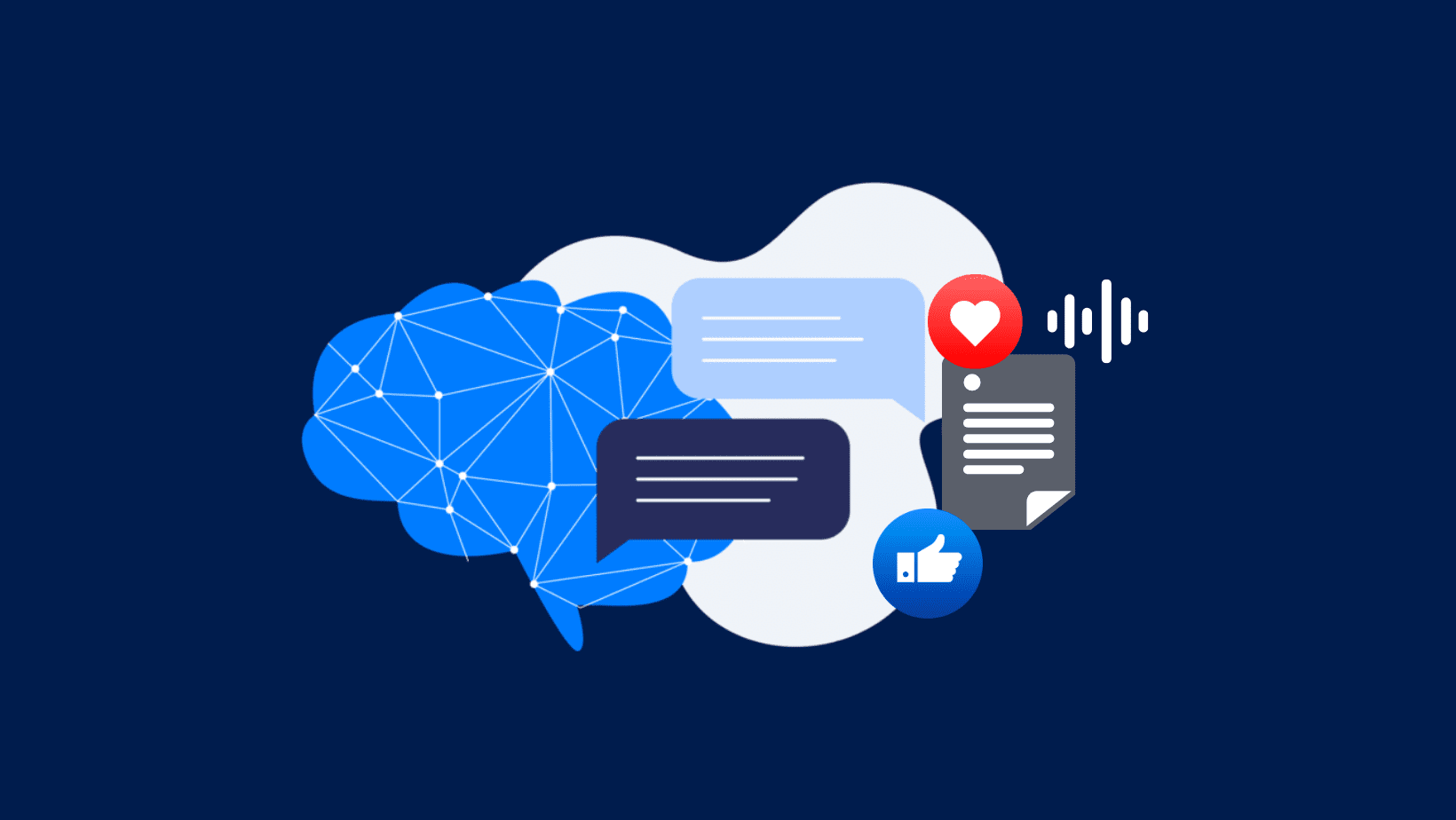Natural Language Understanding, or NLU, is a field of Artificial Intelligence that allows conversational AI solutions to determine user intent. It is powered by AI, and allows for patterns in human language to be understood.
NLU is an evolution and subset of another technology known as Natural Language Processing, or NLP. In order to fully grasp NLU, it would be useful to first understand NLP.
NLP combines linguistics, data science and artificial intelligence to allow computers to process (usually) large amounts of language data. This data can be in the form of speech or documentation. NLP aims to allow computers to comprehend the data – not just read it – including the subtle nuances of language.
Once this has taken place, then NLP can do several things. It can categorize the data into usable format. It can also search the data for useful information that could need extraction.
NLP is commonly used to facilitate the interaction between computers and humans, for example in speech and character recognition, grammatical and spelling corrections or text suggestions. We commonly use NLP during our interactions with chatbots, for example.
So, what about NLU?
Put simply, where NLP would allow a computer to identify and comprehend words, NLU puts those words into a context.
This context would enable more subtle inferences to be understood. These would include paraphrasing, sentiment analysis, semantic parsing and dialogue agents.
In essence, it takes AI beyond simply question and response and into the realm of conversation, where the precise use of grammar and language is often neglected.
In order to understand Natural Language Understanding, we first need to understand the difference between meaning and language components.
Where NLP would be able to recognise the individual components of a particular language, NLU wraps a level of contextual meaning around these components.
Why is Natural Language Understanding needed?
By using NLU, an AI application can more successfully direct the enquiry to the most relevant solution. Therefore, NLU is often the fastest way for humans and computers to interact.
Interactions between humans and computers increasingly use unstructured text, where the binary laws of grammar are ignored. NLU copes with unstructured text; as such it is likely to be a future-proofed solution.
Finally, the amount of data being produced in the world is increasing at an increasing rate. NLU is an efficient tool, since it peels away layers of noise in order to get to meaning. The efficiencies that NLU brings will get more and more valuable as the amount of data increases.
So, consider the auto-suggest function commonly available within word-processing tools and mobile phones. Whilst this is a great application of NLP, it is so often based on usage algorithms, rather than contextual algorithms. If you are working in a niche sector, you’ll find that the suggestions your computer is making are often irrelevant, as they are the most commonly used. NLU makes them relevant as it understands the context of your language – ‘where you are coming from’.
In which sectors can NLU be applied ?
NLU has an increasing number of real-world applications. Examples include news gathering, translation, voice-activation and large-scale content analysis. Here are some sectors that are now using NLU:
Healthcare – Deep Data Insight has a huge amount of experience using their EDDIE system in healthcare, in particular when it comes to rare diseases. NLU is so useful here as it is a niche area where subtleties of language and context abound. Most often a physician note describing a particular patient’s disease path will be unstructured and out of context, a physician note if you will, where NLU will put the information in contextual format for better application to disease management.
Administration – Virtual Assistants that are built to carry out menial or administrative tasks are increasingly powered by NLU in order to provide more accurate responses
Research – NLU can carry out web-scale information extraction whilst guaranteeing the data remains within the context of the search parameters
Customer Service – NLU is used by some of the largest e-commerce retailers to ensure that enquiries are dealt with quickly and efficiently
What should I look for in an NLU solution?
Since NLU is still a relatively new technology, there are certain things that you should consider if you think your operations could be improved by NLU:
- Languages supported
Make sure that your language is supported by the NLU system, particularly if your application is non-English
- Native links to other applications
It is likely that your NLU solution will be one of many in a software stack. Make sure that it can be made to connect and work with these other solutions seamlessly
- Qualitative Performance
Make sure that your NLU solution works! Run tests which consist of niche or nuanced examples to push the limits of the system’s comprehension
- Quantitative Performance
If efficiency or time to market is key to your competitive edge, then ensure that the NLU application is not going to constrain your work
- UI/ UX
Every NLU solution is designed to interface with humans. Make sure that the interface is intuitive and the experience is harmonious. Get your non-tech colleagues to try it out
What data types can NLU be used with?
- Audio/ Speech
- Written (Digital)
- Written (Analogue Print)
- Written (Cursive)
What is EDDIE, and how does it use NLP?
EDDIE is an AI powered product designed by Deep Data Insight. It is a world- first in that it combines a number of data science technologies – ICR, NLU and Artificial Intelligence.
Once data has been fed into EDDIE, it uses NLU to comprehend the data and fill in any missing gaps to increase its utility to the user. It will also categorize the data to ensure it can be stored, repositioned and accessed easily.
Using NLU, EDDIE’s AI engine predicts and anticipates content thereby spotting things that could have been missed and then adding intelligent content.
For more information about EDDIE, get in touch at https://www.deepdatainsight.com/contact/
For the latest posts about EDDIE, click here https://www.linkedin.com/products/deep-data-insight-eddie/
Glossary of Terms
ICR – Intelligent Character Recognition
NLP – Natural Language Processing
NLU – Natural Language Understanding
OCR – Optical Character Recognition
Parsing – Structuring a sentence into individual parts in order to facilitate understanding
UI – User Interface
UX – User Experience

